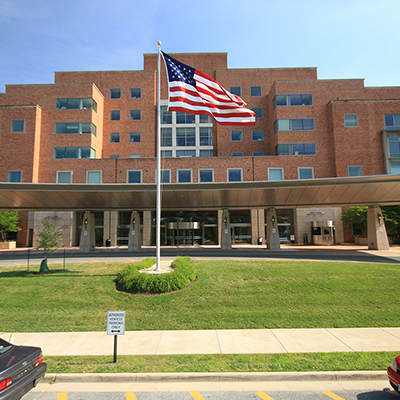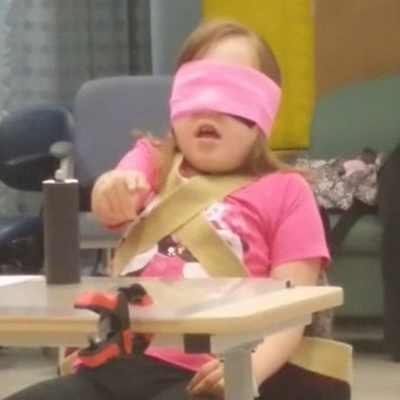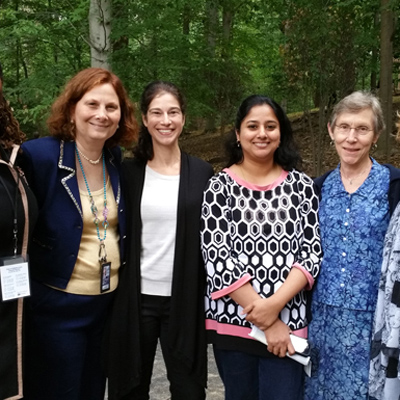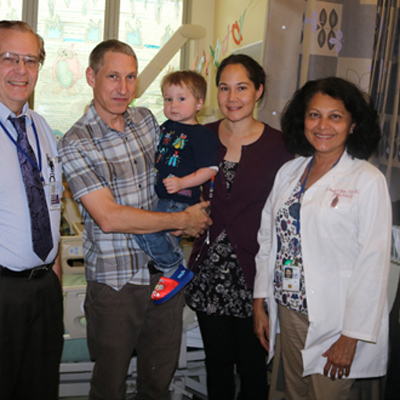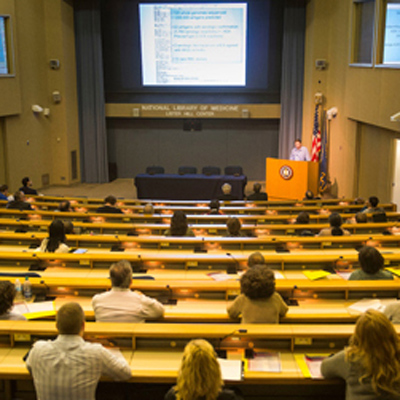NIH Study Shows That Patients with PIEZO2 Mutation Have Problems with Proprioception, or Body Awareness

Experts working in the NIH Clinical Center have found that there may be a 'sixth sense' intertwined with hearing, sight, taste, smell and touch that the human body greatly depends on for body awareness throughout daily life. In late September, the National Institutes of Neurological Disorders and Stroke (NINDS) and the National Center for Complementary and Integrative Health published a paper in the New England Journal of Medicine [disclaimer] on their finding that a gene called PIEZO2 controls specific aspects of human touch and proprioception — a "sixth sense" describing the ability to sense the body's place in space.
Imagine being blindfolded and asked to walk forward, or to touch an object in front of you. For most people, while it may be uncomfortable, they'd likely be able to do it with little trouble. But the two patients with mutations in the PIEZO2 gene had significant movement and balance problems and a loss of some forms of touch. When blindfolded, the patients had extreme difficulty walking which caused them to stagger and stumble from side to side. Without being able to look at where they were going or to see the object they were supposed to touch in front of them, they could not guess what direction their body was moving. But, despite their movement and touch difficulties, they both appear to cope with these challenges by relying heavily on vision and other senses.
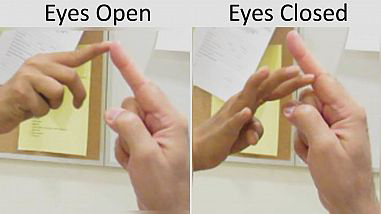
One patient, 10-year-old Damiana, flew from California to the CC last year to participate in the trial. In a recent NPR interview [disclaimer], her mother, Diana Sawyer explained that her rare genetic mutation had always baffled doctors and that "She was very late at doing everything," especially walking. While Damiana is extremely bright intellectually, she has physical difficulties. She can only take a few steps on her own due to abnormalities in her feet and hips and curvature in her spine.
Dr. Carsten G. Bönnemann, senior investigator at NINDS and a co-leader of the study, believes that these findings, and future studies, may lead to more clues to a variety of other neurological disorders.
